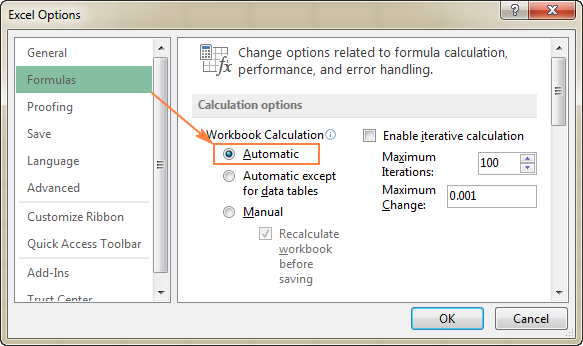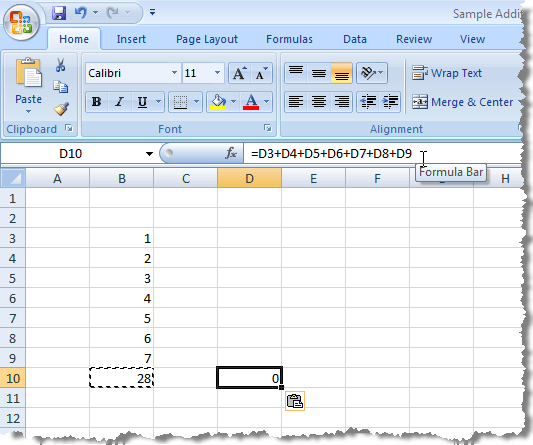


Why the first Custom Calculated Field 1 formula returns 4.50 for Gravel and 3 for Sand as “price per unit”?īecause the custom calculated field formula used there (in the first example) will only consider the “price per unit” of the first instances of the materials. Definition and Caveat OLAP is an acronym for online analytical processing. The feature that I want to talk about here is the OLAP based Calculated Members and Measures. Today we will shed some light on one of these features. The ideal solution is using the average price. Besides many new, exciting features, Excel 2013 also offers enhancements to older features even those that may be a little more obscure to the everyday Excel user. In the formula bar, type a valid DAX formula, and then press Enter. It’s not correct anyway as there are two rates for the material Gravel. In the table you want to add the new column to, scroll to and click the right-most column. So here if you use the above first example Calculated Field 1 formula, the unit rate will be $4.50 for Gravel. But this time there are different “price per unit” for each item because the ‘area’ is different.įor example, material Gravel has two different prices here. So the formula should be based on the source data, not the Pivot Table data. The custom formula in the Pivot Table report has no relation to the Pivot Table Values. Instead, it takes values from the source data. I’ll repeat it.Ĭlick “ADD” against “Values” and put the below formula in the formula field. Again don’t forget to select “Custom” under summarise by. I am adding another Calculated Field for this purpose in Pivot Table. This can be a really useful tool if you have to send your work to the client or share it with your team. Now I can multiply both these to get the total amount like As soon as you click on List Formulas, Excel would automatically insert a new worksheet that will have the details of all the calculated fields/items that you have used in the Pivot Table.

When Excel displays the Insert Calculated Field dialog box, select the calculated field that you want to remove from the Name list box. Then click the Analyze tab’s Fields, Items & Sets command and choose Calculated Field from the submenu that appears. Now I have the total number of units of the material Gravel and Sand and its price per unit. To remove a calculated field, click a cell in the pivot table. In the above example, you should double click cell C1 to edit the field name. To rename a Pivot Table Calculated Field, just double click on the field name and edit.
#EDIT A CALCULATED FIELD IN EXCEL FOR MAC HOW TO#
Renaming Calculated Fieldsĭo you know how to rename a Calculated Field? Under it you can see the “price per unit” and it’s not the summed value. How to Get a List of All the Calculated Field Formulas If you create a lot of Pivot Table Calculated field, don’t worry about keeping track of the formula used in each one of it. Change the formula in case you want to modify it or click on Delete in case you want to delete it. The Pivot Table gets a new column titled as Calculated Field. From the list, select the calculated field you want to delete or modify.


 0 kommentar(er)
0 kommentar(er)
